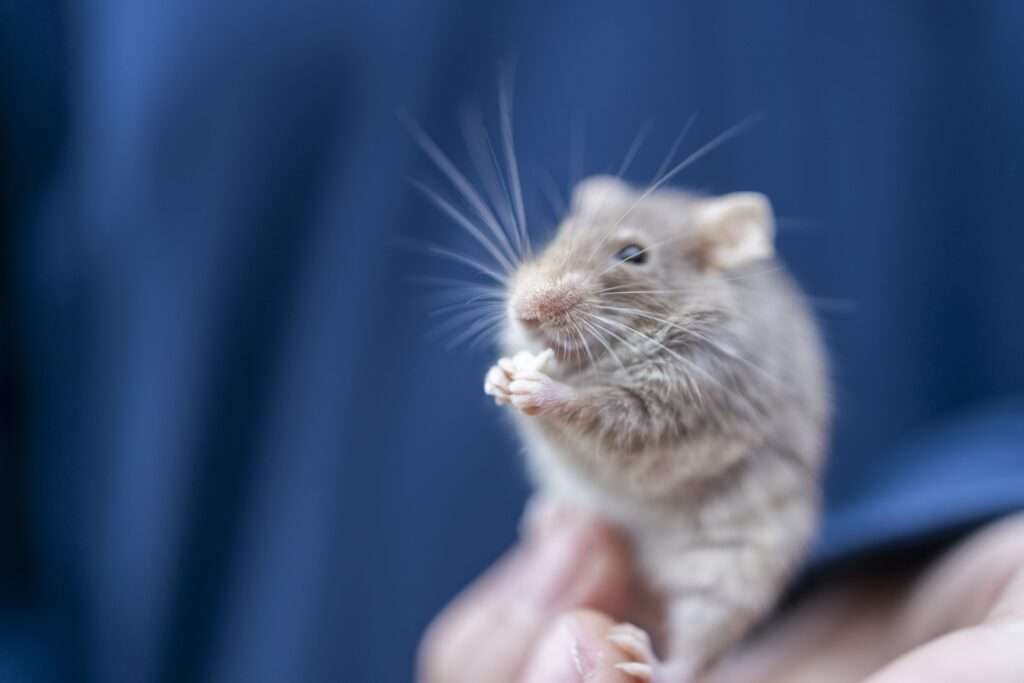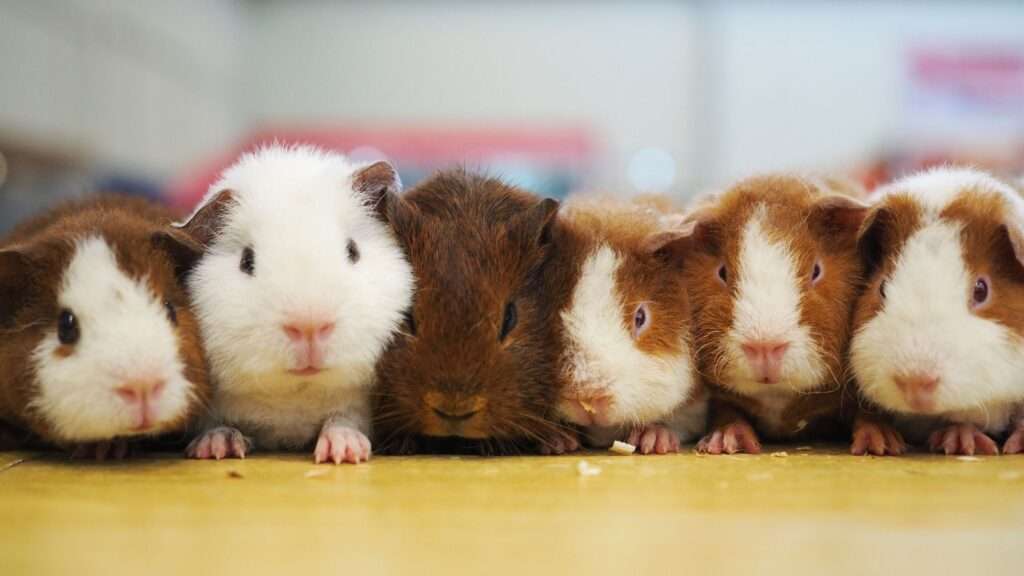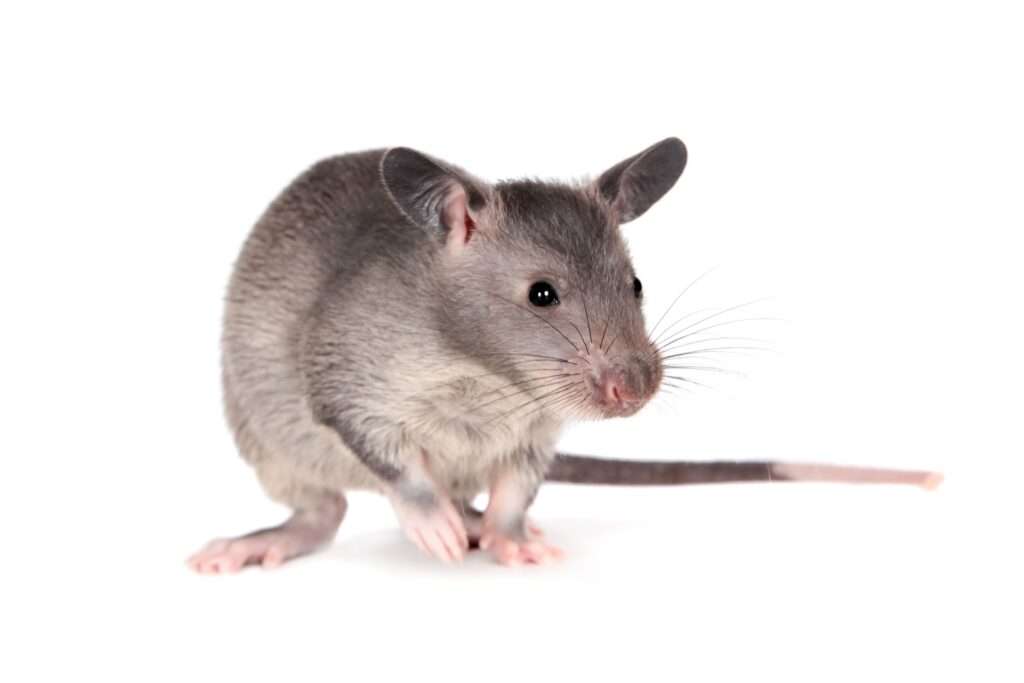
Pet mice are fun to watch, easy to care for, and require very little of their owners. They are more shy and difficult to handle than larger rodents such as rats, although they can learn to be comfortable with handling if tamed at an early age. Pet mice come in a variety of hues and have relatively short fur. Their rounded ears and lengthy tail are furless. Mice, as nocturnal animals, are most active at night and sleep throughout the day. They demand high-quality rodent food as well as regular habitat cleanings.
Expected Lifespan: 1 to 3 years
As Pet/ In Captivity

Temperament and Behavior
Mice are gregarious animals who like to live with other members of their species. A pair of females is the simplest setup, while a small group of females is acceptable if cage room is provided. Allow males to live together only if they were littermates, were never separated, and have a large enough cage to have their own space. Males who are unfamiliar with each other are more inclined to fight. Also, unless you want a lot of newborn mice in a short period of time, avoid keeping males and females together.
To avoid stress and injury, keep mice away from other family pets. They can, however, learn to be at ease around humans and many can become hand-tame.
Housing
The size of the cage required is determined by the number of mice kept together. For one to four mice, a 10-gallon aquarium with a tight mesh top or a similarly sized wire cage should suffice. Wire cages provide greater ventilation, but the bar spacing must be tight enough so that your mouse cannot squeeze through. Horizontal bars and multi-level cages are useful for providing climbing options. Avoid cages with wire floors; solid flooring is far more comfortable for the mice’s feet.
Eat and Drink
Mice should be fed a rat pellet composed with 16% protein, 18% fiber, and 4% fat. Feeding amounts should be determined by the bag label and confirmed with your veterinarian. Mice typically graze during the day (and might even wake up during their sleeping hours for a snack). So maintain a tiny ceramic bowl loaded with a day’s worth of food in their habitat at all times. After 24 hours, discard any uneaten food and replace the bowl.
Tip: Not every veterinarian is capable of treating mice. So, before you bring any home, make sure there is a veterinarian nearby who will accept your mice as patients.
Exercise
Mice require physical activity to help them avoid obesity and other health problems. They should be able to meet their activity needs as long as you give a large enough enclosure with an exercise wheel. You can also let them out of the cage in a safe place, such as a kiddie pool with sides too high for your mice to climb. When your mice are not in their enclosure, keep an eye on them.
The Benefits and Drawbacks of Keeping a Mouse as a Pet
Mice are quiet pets that don’t take up much space. They’re also social creatures who can become accustomed to having you handle them. They are, however, delicate and must be handled with care. Furthermore, they are not extremely long-lived pets.
Table





